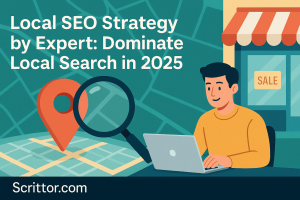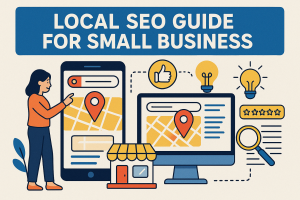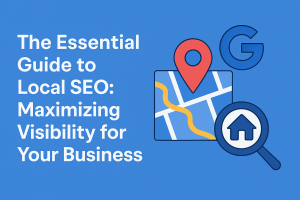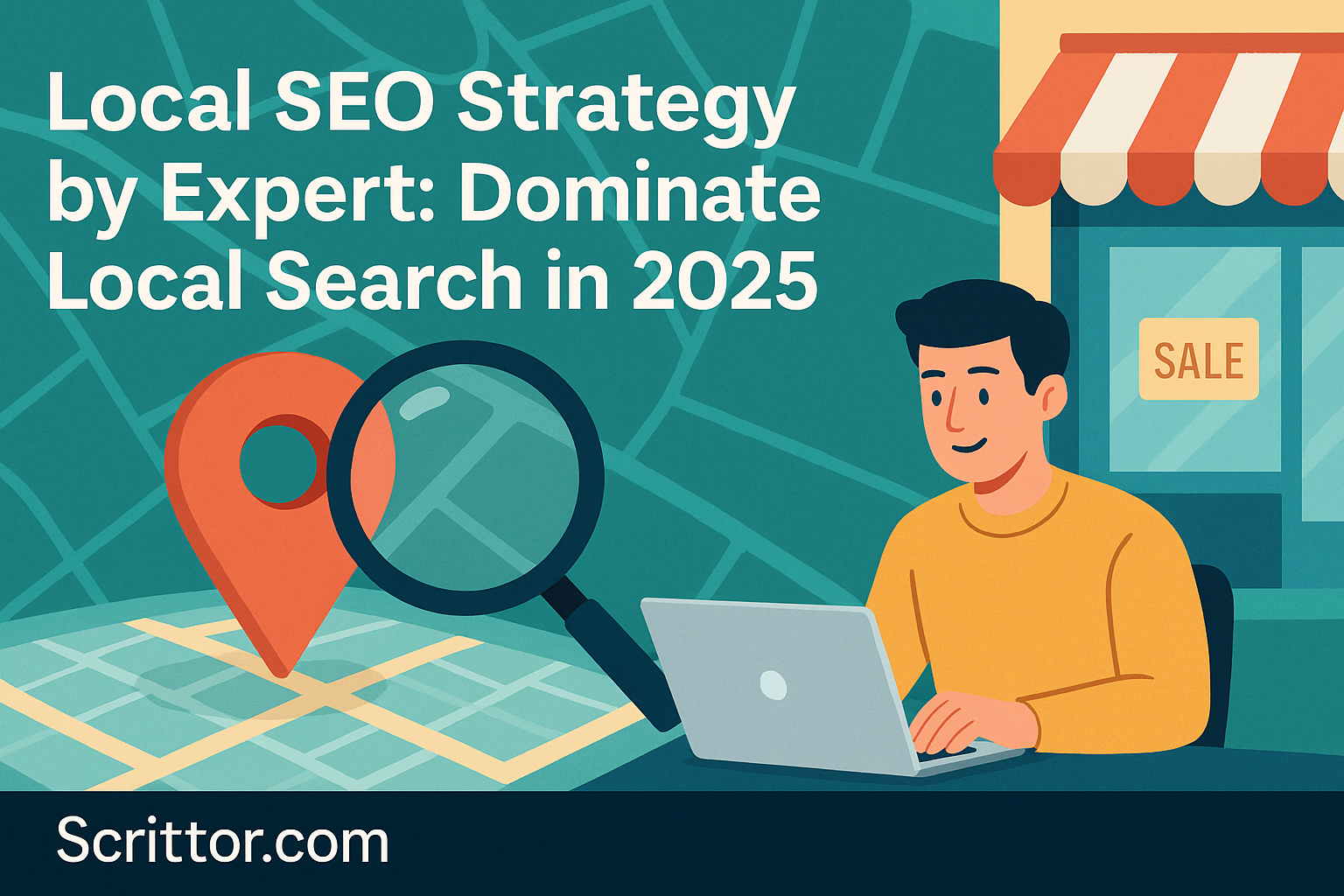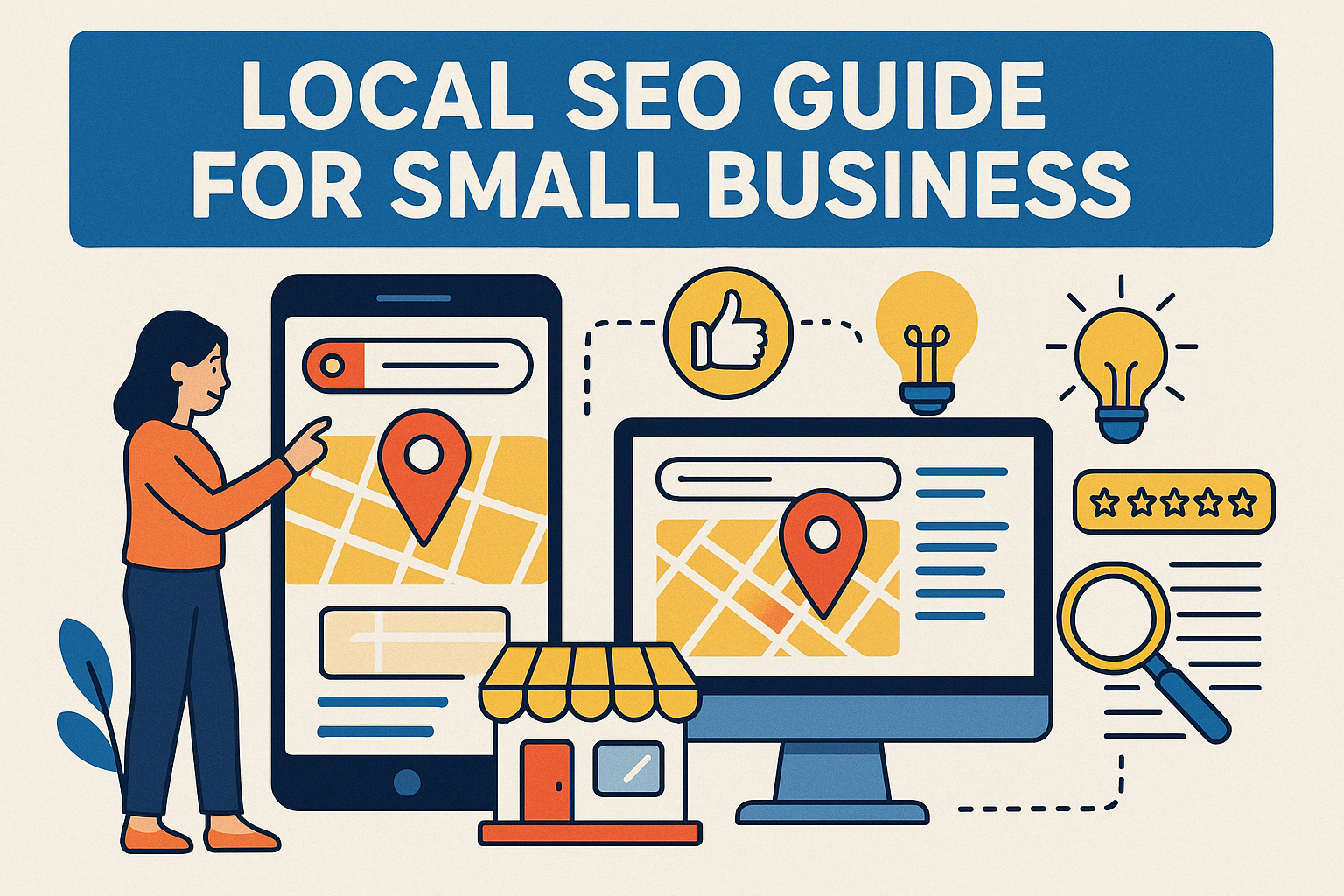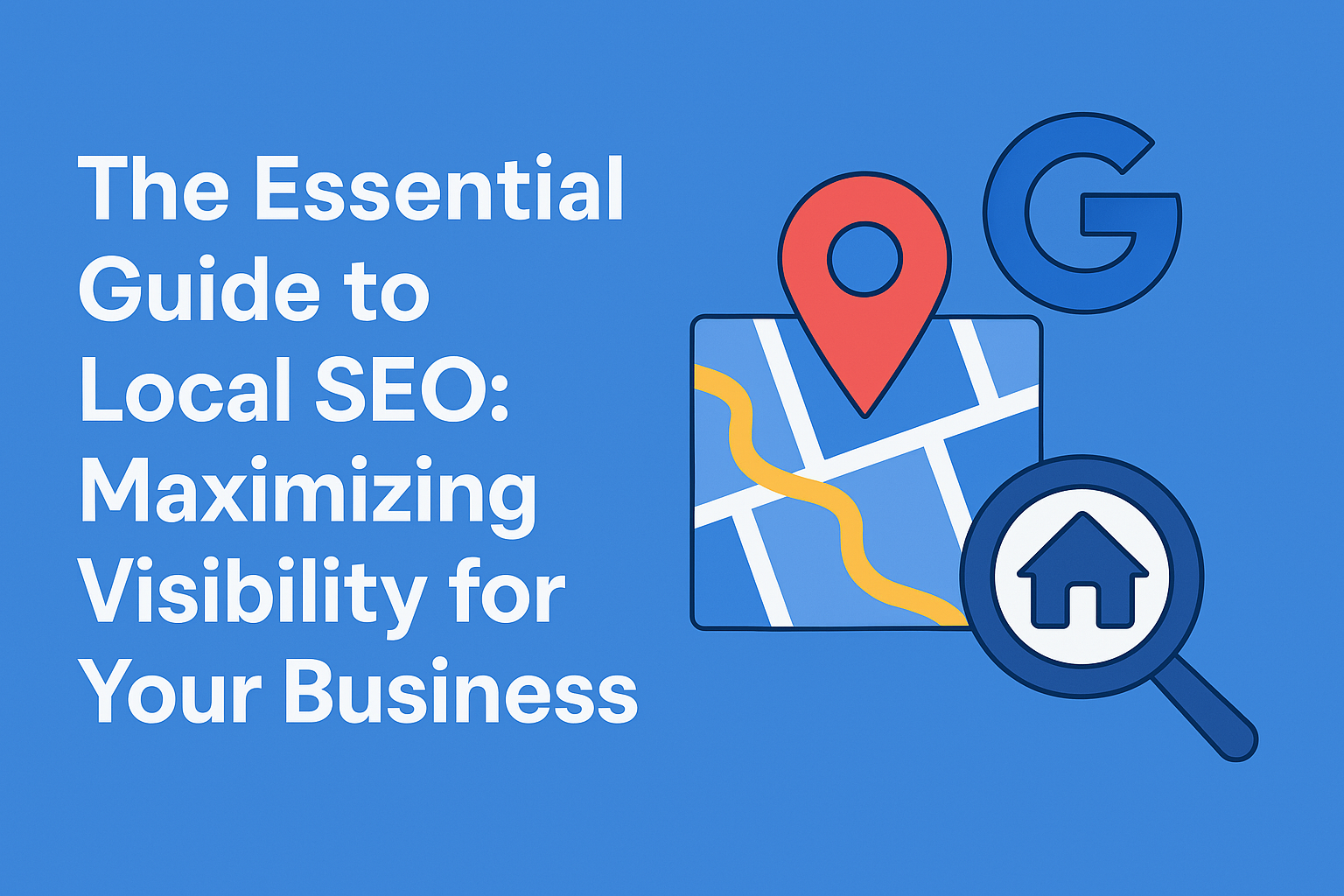The Ultimate List of SEO Mistakes I’ve Made (And How to Fix Them in 2025)

Sanya Kaushal
Sanya is a seasoned SEO and content writing expert with a decade of experience, skillfully driving organic growth and crafting search-optimized content that engages audiences and elevates brand visibility across industries.

It’s been a decade, and I’ve seen SEO (Search Engine Optimization) evolve. It has changed from a simple set of guidelines to a complex, ever-changing discipline.
In 2025, I want to share my personal journey—an account of the SEO mistakes I’ve made along the way and the fixes that have helped me become a better digital marketer.
When I first dipped my toes into the world, keyword stuffing and backlink spamming was the key to rank well. Fast forward to today, the digital landscape is far more nuanced. Reflecting on my journey, I can honestly say that every mistake was a stepping stone to greater success.
In this blog, I’ll walk you through the most impactful errors I made and share the actionable fixes I discovered so that you don’t let SEO issues distort your rankings in 2025.
The Most Common SEO Mistakes And How to Avoid Them in 2025

Technical SEO Mistakes and How to Fix Them in 2025
SEO mistakes aren’t just about technical errors; they’re about missing opportunities to engage users and build authority. Early on, I didn’t fully grasp how even small missteps could cascade into significant ranking drops or traffic losses.
Over time, I learned that an SEO mistake can be anything from neglecting mobile optimization to over-optimizing meta tags.
A Snapshot of the Key Errors I’ve Made
Here are some of the most critical mistakes I encountered:
Neglecting Mobile Optimization & Site Speed: I once assumed that a desktop-first approach would suffice, only to see mobile traffic plummet when Google shifted its focus.
Outdated Keyword Strategies: Relying too heavily on exact-match keywords and ignoring the power of semantics in Google search results was a costly oversight.
Poor Content Quality: When you create content that is thin or duplicate in a bid to pump out volume was another major error.
Faulty Site Architecture: Early on, I didn’t give much thought to URL structures and navigation, which led to indexing issues and a confusing user experience.
Subpar Link Building: I made the mistake of chasing low-quality backlinks, which ultimately hurt my site’s credibility
Website Performance and Mobile Optimization
I remember the days when I focused solely on desktop performance. I optimized images, minified code, and even implemented caching—all without considering that the majority of my users were on mobile devices. When mobile-first indexing became the norm, my rankings took a hit.
I ensure that every project is designed with a mobile-first mindset. I utilize responsive design techniques and frameworks that prioritize fast load times on mobile. Tools like Google’s Lighthouse have become indispensable in identifying performance bottlenecks, and I routinely implement strategies like image optimization and Progressive Web Apps (PWAs) to stay ahead in the mobile space.
Site Architecture and URL Structures
In my early days, I didn’t fully appreciate the importance of a well-structured website. I once had a site with a labyrinth of URLs and an unclear navigation hierarchy, which made it difficult for search engines to crawl and index my content.
I overhauled my approach by developing a clear site architecture with a logical hierarchy. I now implement clean URL structures, use breadcrumb navigation, and create XML sitemaps to ensure that every page on your website is easily discoverable by search engines. This change not only improved crawlability but also enhanced the user experience.
Indexing, Crawling, and Structured Data
In my early days, I didn’t fully appreciate the importance of a well-structured website. I once had a site with a labyrinth of URLs and an unclear navigation hierarchy, which made it difficult for search engines to crawl and index my content.
I overhauled my approach by developing a clear site architecture with a logical hierarchy. I now implement clean URL structures, use breadcrumb navigation, and create XML sitemaps to ensure that every page on your website is easily discoverable by search engines. This change not only improved crawlability but also enhanced the user experience.
On-Page SEO Mistakes: Errors in Content and User Experience

Keyword Research and Content Relevance
In the early years of my career, I relied heavily on exact-match keywords and target keyword stuffing. I soon realized that this approach was not only outdated but also penalized by modern search algorithms.
Today, I use advanced AI tools and natural language processing (NLP) techniques to conduct keyword research. This approach allows me to identify long-tail keywords and semantic search terms that resonate with modern user queries. By focusing on search intent behind the query rather than simply chasing search volume, I’ve seen a significant improvement in my content’s performance.
Content Quality and Readability
One of my most significant early missteps was prioritizing quantity over quality. I churned out content that was thin and, at times, duplicated across multiple pages—mistakes that led to poor engagement and high bounce rates.
I overhauled my content strategy to emphasize quality and user engagement. Now, every piece I publish is carefully crafted to meet user intent, incorporating multimedia elements like images, videos, and infographics to enhance readability and engagement. I also conduct regular content audits to eliminate duplicate content and ensure that every page provides real value to readers.
Meta Tags, Headings, and Internal Linking
I once underestimated the importance of meta tags and heading hierarchies. My pages often had inconsistent meta descriptions and title tags, which hurt both usability and SEO performance.
Today, I invest considerable time in optimizing meta descriptions, title tags, and heading hierarchies. I ensure that each page has a compelling title, a concise meta description, and a logical structure with H1, H2, and H3 tags.
Additionally, I implement a robust internal linking strategy that not only helps search engines understand my site’s structure but also guides users through a seamless navigation experience.
Off-Page SEO Mistakes
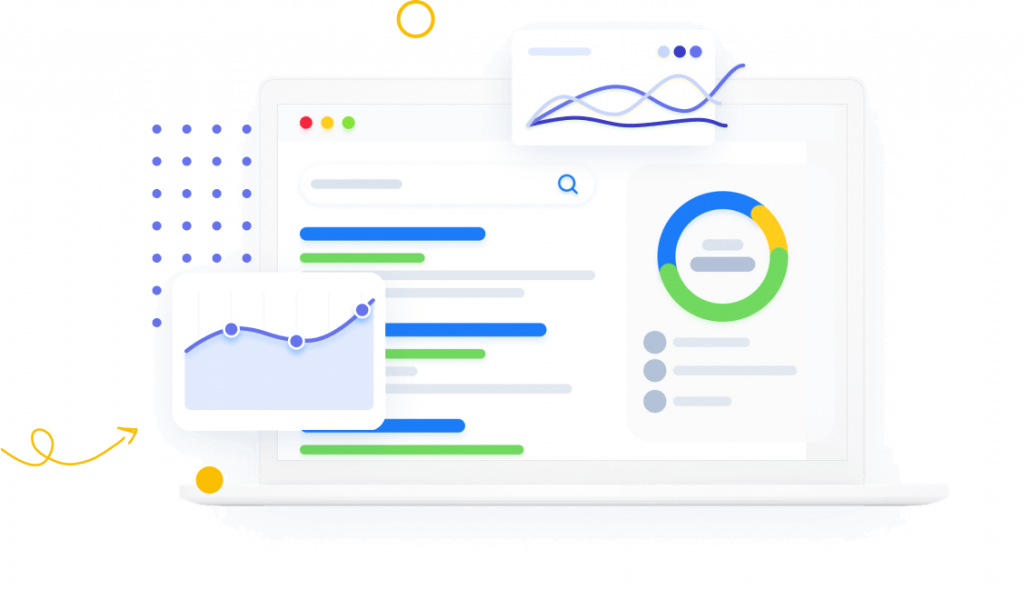
Backlink Profile and Link Building Tactics
In my early days, I made the mistake of pursuing any backlink opportunity that came my way. This led to a backlink profile that was riddled with low-quality, spammy links—an approach that eventually backfired.
Now, I focus on earning high-quality, natural backlinks. I perform regular audits of my backlink profile, disavowing harmful links and nurturing relationships with reputable sites. I’ve learned that building authority is not about quantity but about the quality and relevance of the links pointing to your site.
Social Signals and Brand Mentions
There was a time when I underestimated the role of social media in enhancing SEO. I focused solely on traditional link-building techniques, missing out on the potential of social signals and brand mentions.
I’ve since integrated social media into my overall SEO strategy. By actively engaging on platforms like LinkedIn, Twitter, and Instagram, I’ve been able to boost my site’s visibility and authority. I also collaborate with influencers and encourage brand mentions to further strengthen my online presence.
Local SEO and Reputation Management
I used to think that local SEO was only important for brick-and-mortar businesses. However, I soon discovered that even service-based professionals need to optimize for local search.
I make sure that my local SEO is spot on. I optimize my Google My Business profile, manage local citations, and actively encourage customer reviews. This approach has been particularly beneficial in establishing trust and credibility within my local community—a strategy that’s increasingly important in 2025.
Content Marketing SEO Mistakes
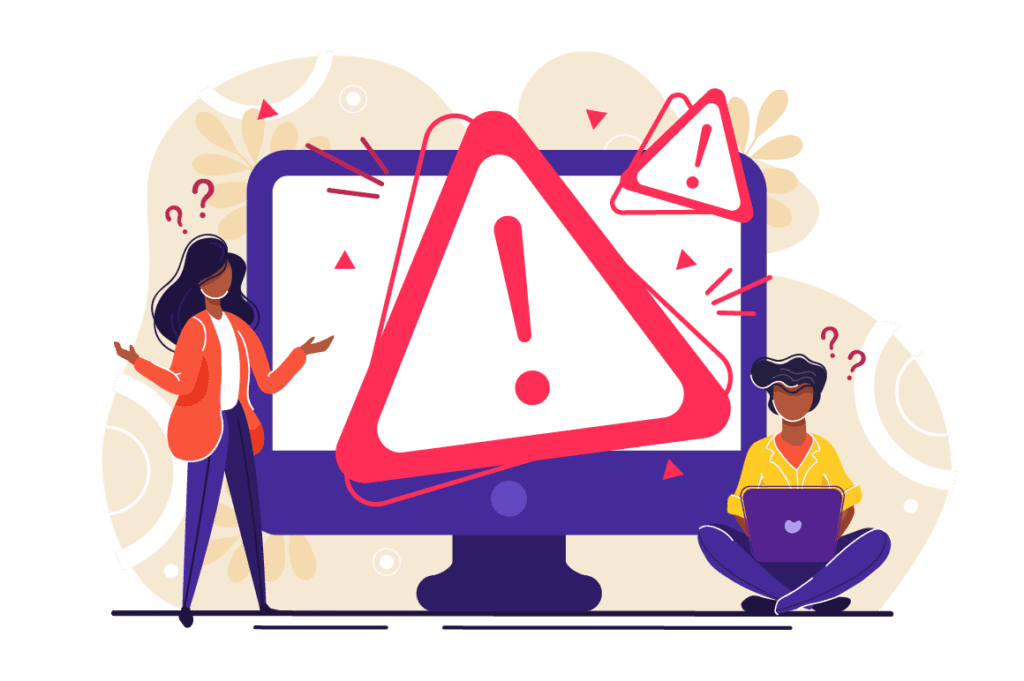
Content Planning and Calendar Management
Early on, my content calendar was more of an afterthought than a strategic plan. I published sporadically, often without considering my audience’s interests or current trends. This inconsistency led to missed opportunities and diminished engagement.
I’ve since adopted a disciplined approach to content planning. By creating a detailed editorial calendar that balances evergreen content with trending topics, I ensure that my content remains relevant and consistently engaging. This planning not only boosts my SEO but also helps in building a loyal readership.
Overlooking User Engagement Metrics
For a long time, I measured success only in terms of traffic and rankings. I overlooked critical engagement metrics like time on page, bounce rate, and user interactions, which ultimately led me to make misguided strategic decisions.
Now, I leverage analytics tools to track a broad range of KPIs. By analyzing user behavior, I can refine my content strategy to better meet the needs of my audience. This data-driven approach has allowed me to adjust my tactics in real-time, ensuring that my content is always optimized for user engagement and conversion.
Content Distribution and Repurposing
I once believed that organic search would be enough to drive my content’s success. However, this narrow focus limited my reach and left a lot of potential traffic untapped.
Today, I take a multi-channel approach to content distribution. I share my articles on social media, repurpose content into videos and infographics, and even use email newsletters to reach a wider audience. This diversified strategy not only increases traffic but also reinforces my brand’s authority across multiple platforms.
Analytics and Measurement: Recognizing and Correcting Data-Driven Mistakes

Setting Up the Right Tools
At the beginning of my career, I depended on basic analytics tools that didn’t provide a full picture of my website’s performance. This led to misinterpretations of data and suboptimal strategic decisions.
I now use advanced tools such as Google Analytics 4, enhanced Search Console features, and specialized SEO platforms. These tools offer deeper insights into user behavior and performance metrics, allowing me to make more informed decisions and continuously refine my strategy.
Interpreting Metrics and User Behavior
In the past, I got caught up in vanity metrics like page views and ranking positions, which often masked the real issues affecting user engagement and conversion.
I’ve learned to focus on metrics that matter. By prioritizing user engagement data and conversion rates over superficial numbers, I can pinpoint exactly where improvements are needed. This shift in focus has been crucial in turning data into actionable insights, ultimately driving better results.
A/B Testing and Continuous Optimization
For a while, I assumed that once I implemented an SEO strategy, it would remain effective indefinitely. I didn’t invest in A/B testing or continuous optimization, which meant that I missed out on opportunities to improve over time.
Today, I have a structured A/B testing process in place for everything from landing pages to CTAs and meta descriptions. By continuously testing and refining my strategies, I ensure that I’m always adapting to new trends and user preferences.
Final Thoughts: Learning from SEO Mistakes to Achieve Success in 2025
Looking back over the past decade, each mistake was a lesson in disguise. The challenges I faced—from technical blunders to content missteps—shaped my approach to SEO. I’ve learned that true success in SEO is not about avoiding mistakes altogether but about learning from them, adapting, and continuously evolving your strategy.
If there’s one takeaway from my journey, it’s this: Always be proactive about your SEO strategy. Regularly audit your site, embrace new tools, and don’t be afraid to experiment. I recommend creating your own checklist to identify and rectify potential issues before they escalate. Every fix you implement today is an investment in your site’s future performance.

